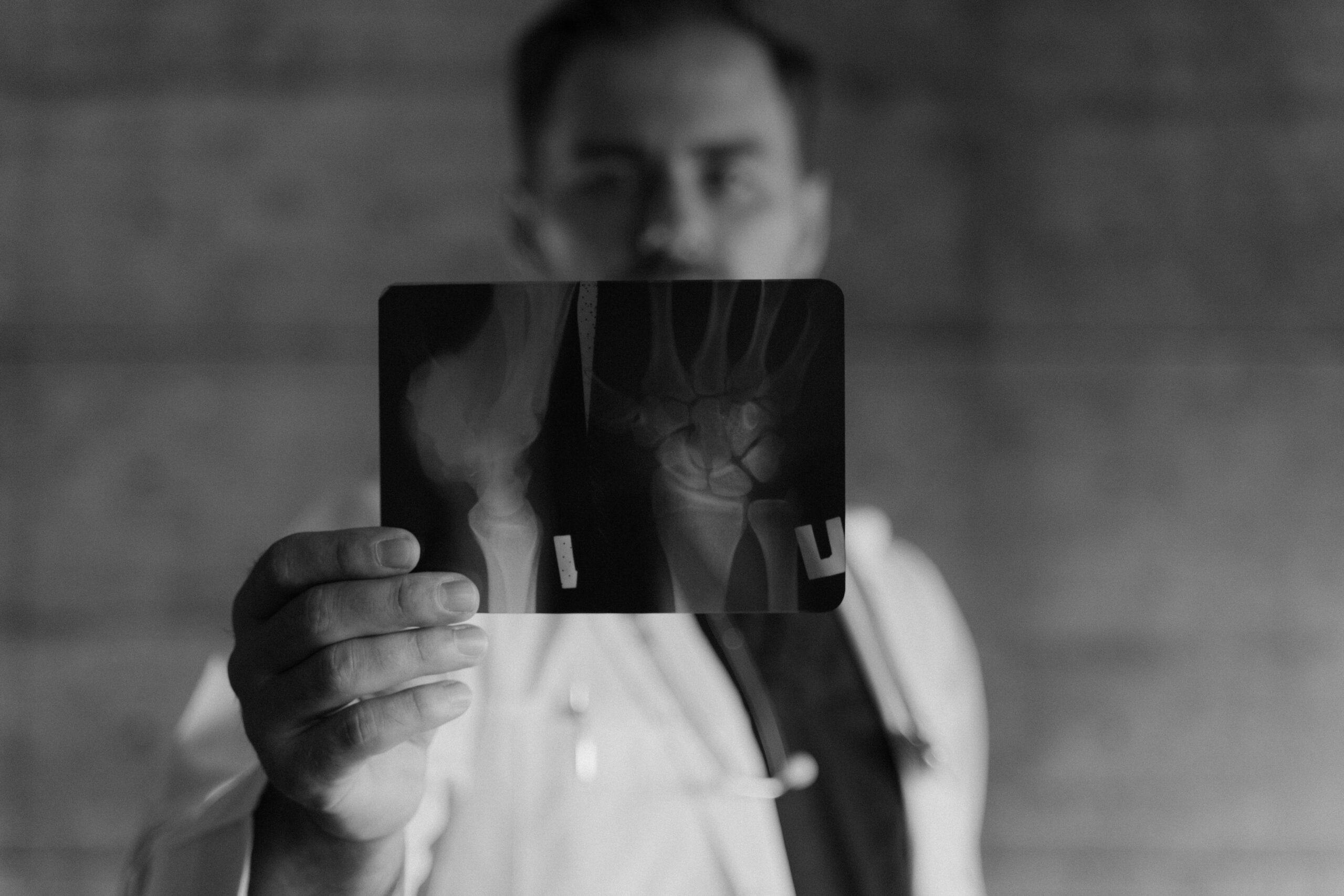Pain Management Billing Guide 2024: Codes & Tips
Pain Management Billing & Coding Guide 2024
Are you struggling with the complexities of pain management billing and coding? You’re not alone. Many healthcare professionals find themselves overwhelmed by the ever-changing rules and coding requirements in this field.
While it might seem challenging at first, understanding the basics of pain management billing and coding can make a significant difference in your practice’s efficiency and financial health.
In this guide, we will break down the key aspects of pain management billing and coding for 2024, offering straightforward, actionable insights to simplify the process and help you get it right the first time.
What Services are Included in Pain Management?
Pain management encompasses a variety of services designed to address different aspects of a patient’s pain and overall well-being. Understanding what these services entail is crucial for accurate billing and coding. Here’s a brief overview of the key services included in pain management:
Comprehensive Pain Assessment: Thorough evaluation of pain history and impact.
Interventional Pain Procedures: Techniques like injections or nerve blocks to alleviate pain.
Psychological and Behavioral Therapy: Counseling to help manage the psychological impact of chronic pain.
Rehabilitation Services: Physical therapy and other methods to improve function and reduce pain.
Alternative and Complementary Therapies: Approaches such as acupuncture or massage therapy.
Medication Management: Prescription and monitoring of pain relief medications.
Category Codes
Understanding the various CPT coding categories is essential for accurate and efficient pain management billing. These categories help ensure that each procedure, service, or technology is appropriately captured and billed. Here’s a closer look at the three main CPT coding categories:
Category I Codes
These are the standard codes used to describe medical procedures and services. They cover a wide range of activities, including diagnostic procedures, treatments, and devices. Codes in this category range from 00100 to 99499 and are often grouped by procedure type or anatomical site.
Example: 20604 – Arthrocentesis, aspiration, and/or injection of a small joint or bursa (e.g., fingers, toes) with ultrasound guidance, including permanent recording and reporting.
-
Common Injections:
- 20610 – Steroid injection for major joints or bursa.
- 20610 – Cortisone injection for treating inflammation in joints.
Category II Codes
These are supplemental codes used for performance measurement and quality tracking. They are optional and not required for accurate coding but can provide valuable information for practice assessment and quality improvement.
Example: 0521F – Plan of care to address pain documented (COA) (ONC).
Category III Codes
These codes are temporary and designed for emerging technologies, procedures, and services. They are used primarily for data collection and to track new advancements in medical practices.
Example: 0095T – Removal of total disc arthroplasty (artificial disc), anterior approach, each additional interspace.
2024 Coding Updates
In 2024, there are notable updates to CPT codes that impact pain management practices. One significant addition is the new CPT code 27278, which pertains to a percutaneous arthrodesis procedure of the sacroiliac joint.
This code includes image guidance and the placement of intra-articular implants but excludes transfixation devices. Staying informed about these updates ensures accurate billing and compliance.
Additionally, various CPT codes commonly used in pain management remain crucial for coding chronic care and specific procedures like injections and joint aspirations.
New CPT Code for 2024:
27278 – Arthrodesis, sacroiliac joint, percutaneous, with image guidance, including placement of intra-articular implant(s) (e.g., bone allograft[s], synthetic device[s]), without placement of transfixation device.
Frequent Pain Management CPT Codes:
Injections:
20552 – Trigger point injection for one or two muscle groups.
20553 – Trigger point injection for three or more muscle groups.
20526 – Therapeutic injection (anesthetic or corticosteroid) for carpal tunnel.
20610 – Corticosteroid injection for treating inflammation in major joints or bursa.
Joint Aspiration:
20610 – Arthrocentesis, aspiration, and/or injection of a major joint or bursa, often used for osteoarthritis.
Nerve Blocks: Nerve block codes are used for injecting anesthetics/steroids near nerves, such as for occipital neuralgia (M54.81).
ICD-10 Pain Management Codes
ICD-10 codes play a crucial role in accurately diagnosing and managing pain-related conditions. These codes help classify a range of pain issues, from specific joint problems to broader conditions affecting the nervous system. Understanding these codes is essential for effective documentation and billing.
|
Condition |
ICD-10 Code |
|
Carpal Tunnel Syndrome |
G56.00 |
|
Osteoarthritis of Knee |
M17.9 |
|
Occipital Neuralgia |
M54.81 |
|
Sciatica |
M54.30 |
|
Chronic Pain Syndrome |
G89.4 |
|
Cervical Radiculopathy |
M54.12 |
|
Herniated Disc of Lumbar Spine |
M51.36 |
|
Tendonitis |
M76.1 |
|
Sacroiliac Joint Dysfunction |
M46.4 |
CCM Evaluation and Management
Chronic Care Management (CCM) evaluation and management involves detailed and ongoing oversight of patients with multiple chronic conditions. Effective billing for these services requires understanding the specific codes associated with CCM.
Codes 99490 and 99491 are used to capture time spent on chronic care management by clinical staff and physicians, respectively. Code 99490 covers at least 20 minutes of clinical staff time per month for managing multiple chronic conditions, while 99491 involves a minimum of 30 minutes of direct physician or qualified healthcare professional time.
Additionally, HCPCS Code G2058 allows for the reporting of an extra 20 minutes of chronic care management when used with 99490. Providers performing extensive assessments can also utilize HCPCS Code G0506 once per initiating visit to capture additional work. It’s important to note that time spent on CCM services should not overlap with other billing codes.
Key Coding and Billing Information
Accurate coding and billing in pain management are essential for proper reimbursement and compliance. Understanding and applying the correct CPT codes is key to ensuring that services are billed appropriately.
For instance, CPT code G2211 is used for office visits that involve evaluating and managing new or established patients, requiring a medically appropriate history and straightforward decision-making. In terms of chronic pain, ICD-10 codes such as G89.29 for chronic pain, M54.5 for chronic back pain, and G89.4 for chronic pain syndrome are crucial for precise documentation and billing.
Additionally, for specific procedures, CPT code 20552 is used for trigger point injections, while CPT code 64405 covers occipital nerve blocks. For joint-related treatments, CPT code 20610 applies to joint injections, whether for back or knee pain. Staying current with coding guidelines for 2023 and 2024, as well as using chronic care management codes like 99490, is vital for accurate billing and comprehensive patient care documentation.
Properly navigating these codes ensures maximum reimbursement and effective management of patient pain and treatment.
Conclusion
Pain management billing requires a thorough understanding of CPT and ICD-10 codes, as well as staying updated with the latest coding guidelines for 2024. By accurately applying these codes—whether for chronic care management, specific pain procedures, or routine evaluations—providers can ensure proper reimbursement and streamline their billing processes.
Efficient pain management billing not only supports financial health but also enhances the quality of patient care through precise documentation and comprehensive treatment management.





